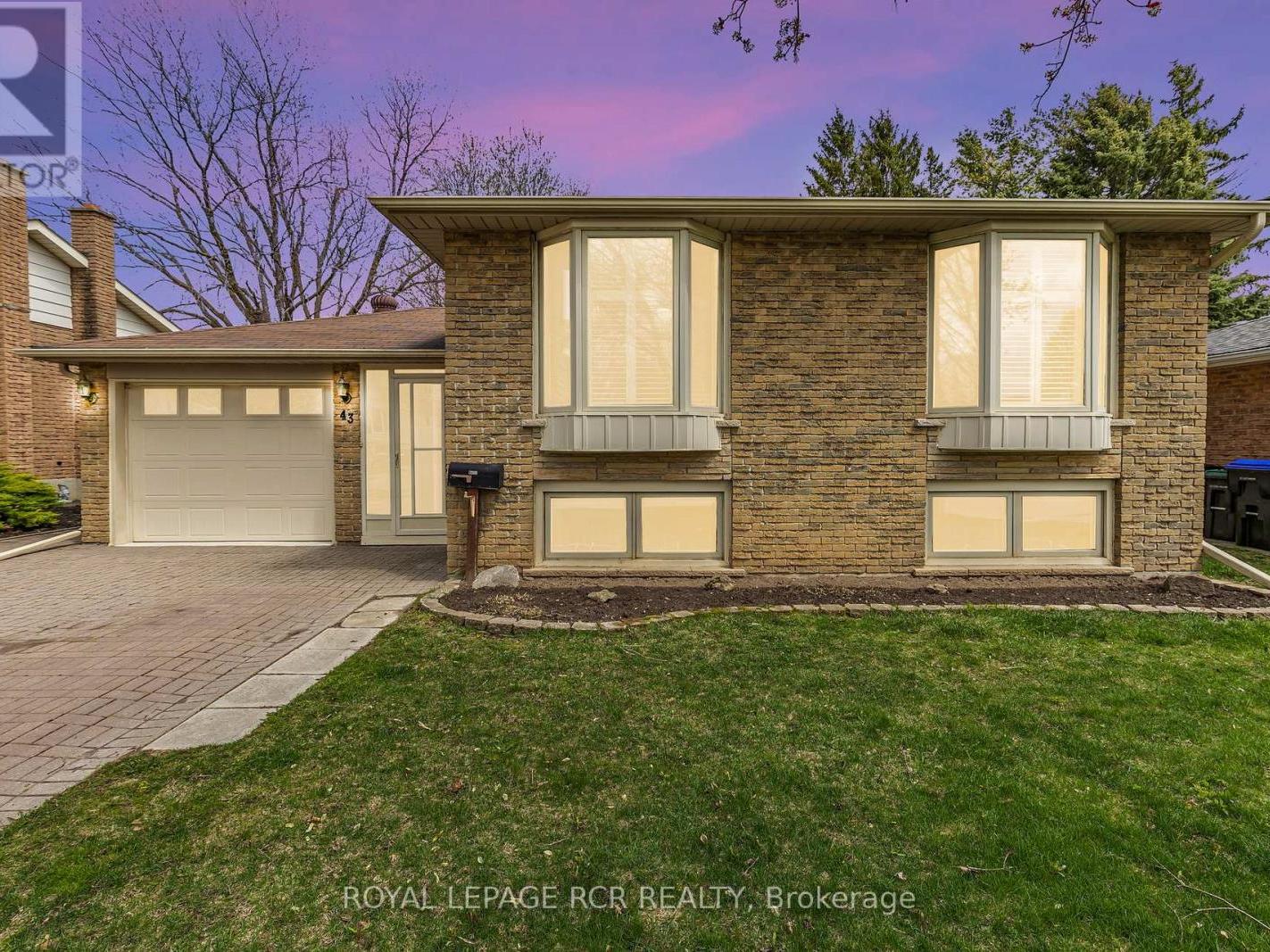
Marsha Harrison-Mateer Associate Broker
Broker
Phone: 705.435.3000
Mobile: 705.440.9400
Welcome to Sell with Marsha! I'm passionate about real estate and pride myself on distinctive service that MOVES you!
I know that buying or selling a home is a big decision - you need an experienced professional to guide you through the process.
With 27 years in the Real Estate business, when you work with me, you can count on patient and professional support.
My personal knowledge of the local Real Estate market, combined with great negotiation skills and expert strategies, can help you find your dream home.
When the time comes to sell, I also have the expertise to help you get the best price in a time frame that suits your needs.
I'm excited about home ownership and love what I do!










